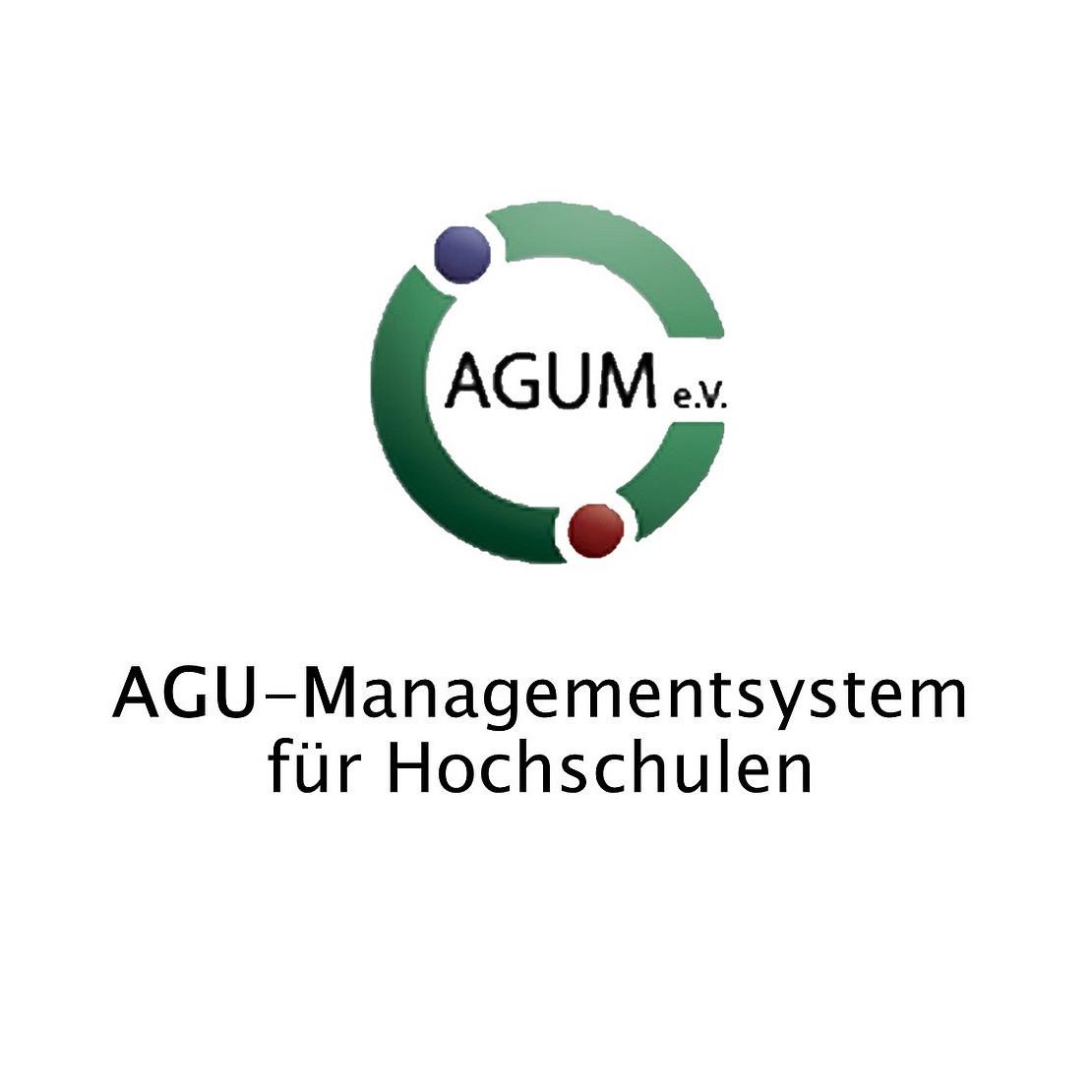AGU-Management system for universities
- AGU Management System Home (opens in a new window)
- AGUM - Organizational structure (opens in a new window)
- AGUM - Process organization (opens in a new window)
- AGUM - Emergency organization (opens in a new window)
- AGUM - Legal basis (opens in a new window)
- AGUM - A - Z (opens in a new window)
- AGUM - Risk assessment 2.0 (opens in a new window)
Information on the content and structure of the AGUM (Source: AGUM e.V.):
The "AGUM system" is comparable to a management manual in which the information is made available digitally. It describes the legal requirements to be observed and and provides direct or indirect assistance for their implementation. Direct assistance includes, for example, sample documents or databases, while indirect assistance includes, for example, action aids from accident insurance funds or other institutions.
With the risk assessment database 2.0, the AGUM system offers a tool for creating and managing risk assessments.
The AGUM system is essentially made up of two parts:
Organizational structure: All relevant functional groups are represented in an organizational chart. This is then customized individually for each member. Behind each function are the processes that describe the tasks, rights and duties of the respective function. The structure of the pages is always the same for better orientation.
Process organization: This describes the steps required to implement occupational safety, health and environmental protection for each work task. These pages also follow a uniform scheme.
Special access filters for the various functional areas from administration, humanities, natural sciences or engineering, a legal register and a glossary additionally round off the AGUM system.
Managers: This target group requires information and practical assistance in order to be able to fulfill their management tasks. The focus here is therefore on a legally compliant organizational structure (functions, roles and structures) that describes who is responsible for which tasks and how these are implemented and documented.
Employees and students: This target group also needs specialist information and practical assistance. However, the focus here is on process organization, i.e. how to integrate occupational safety, health and environmental protection into daily work processes. In addition, this group of people is increasingly accessing concrete assistance in the form of sample documents.
Specialists in occupational safety, health and environmental protection: Due to its content and scope, much of the information in the AGUM system is also suitable for specialists to gain an insight into various topics and tasks. It is then the task of the specialists of each AGUM member to prepare this information, if necessary, for the first two addressees. Support is also provided by the AGUM team in individual cases, depending on the effort involved.
The legal bases are linked exclusively to publicly available primary sources (Juris, DGUV, professional associations, accident insurance funds) and to secondary sources (UmweltOnline).
Links are only provided to the legal bases that are relevant to the process in question. Country-specific regulations are currently not included in the reference system; if necessary, the respective member must supplement the legal regulations accordingly.
There are bindingly defined processes in AGUM e.V. for checking the legal conformity of the reference system. These are shown in the protected area of the portal page.
Each member is advised to regularly check the contents of its member system for up-to-dateness.



